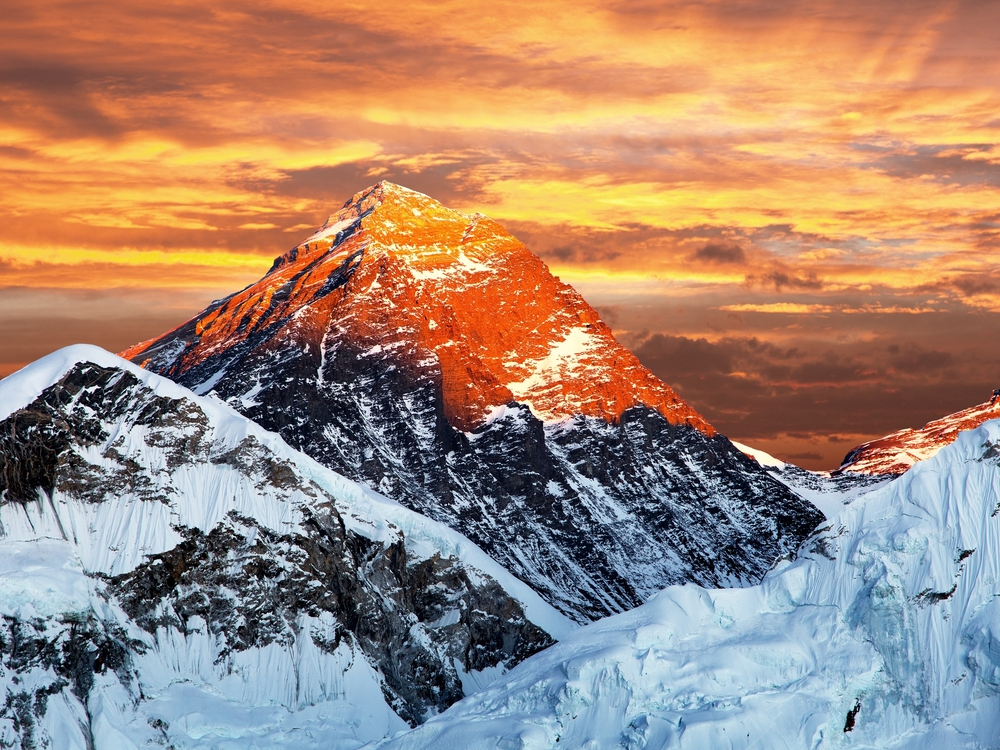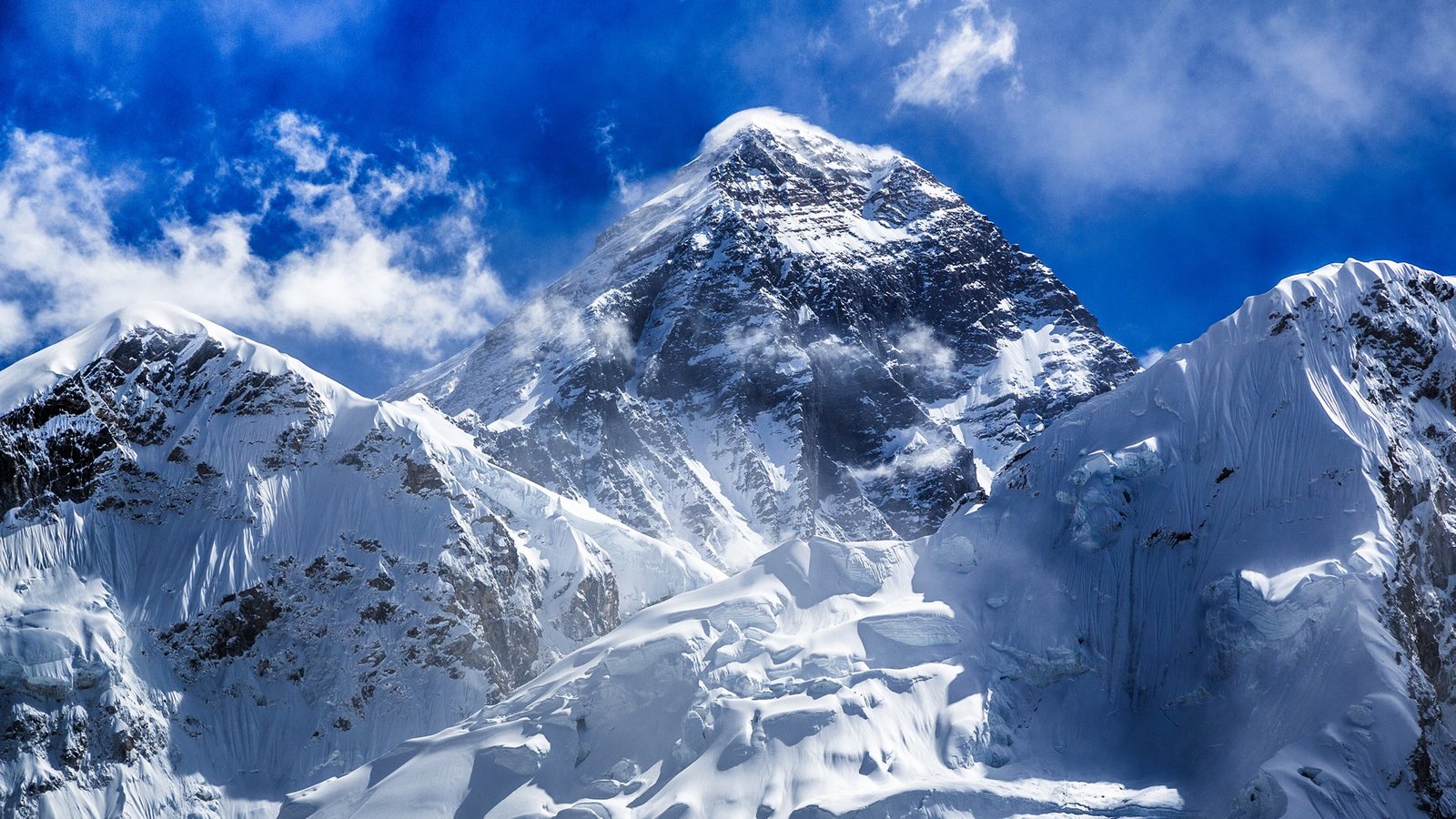Best Seasons For Everest: When To Embark On Your Journey

Mount Everest, the world’s highest peak, stands as a majestic symbol of human endurance and adventure. For many, reaching the summit of Everest is a lifelong dream. However, before embarking on this challenging journey, it’s essential to consider the best time to climb Mount Everest.

1. Spring (April-May): The Traditional Climbing Season

- The spring season is considered the best time for climbing Mount Everest due to several reasons:
*Favorable Weather Conditions: During spring, the weather on Mount Everest is generally stable, with clear skies and less snowfall. This provides climbers with better visibility and safer conditions for ascending and descending the mountain.
*Stable Snow Conditions: The snowpack during springtime is usually more consolidated, reducing the risk of avalanches and making the climb safer.
*Increased Daylight Hours: With longer daylight hours in spring, climbers have more time to ascend and descend the mountain during daylight, reducing the need for night climbing, which can be more treacherous.
2. Autumn (September-October): An Alternate Season for Climbing
- The autumn season also offers favorable weather conditions for climbing Mount Everest, although it is slightly less predictable than in spring.
Generally, the weather in autumn is clear and stable, with less wind and precipitation.
Moderate Temperatures: Autumn temperatures on Mount Everest tend to be milder than in spring, making the climb more comfortable for climbers.
3. Winter (November-February): For Experienced Climbers Only
- Climbing Mount Everest in winter is considered highly challenging and is reserved for experienced climbers with specialized skills and equipment.
*Extreme Weather Conditions: Winter on Mount Everest brings severe weather conditions, including sub-zero temperatures, high winds, and heavy snowfall, making the climb extremely dangerous.
4. Summer (June-August): The Monsoon Season
- The summer months (June to August) coincide with the monsoon season in the Himalayas, which brings heavy rainfall and snowfall to Mount Everest.
*Climbing during the monsoon season is highly discouraged due to the increased risk of avalanches, landslides, and torrential flooding.
Choosing the Right Season
When selecting the best season for climbing Mount Everest, several factors must be taken into consideration:
Skill and Experience: Climbers with less experience and technical skills may find the spring season more suitable due to the more favorable weather conditions and reduced risk.
Physical Fitness: Climbers should be in excellent physical condition and have prior high-altitude climbing experience, regardless of the season chosen.
Cost: Climbing Mount Everest during the spring season is generally more expensive due to higher demand and the need for specialized equipment and guides.
Ultimately, the decision of when to embark on your journey to Mount Everest depends on your individual experience, skills, and budget. Consult with experienced climbers, guides, and expedition companies to gather the necessary information and make an informed choice that aligns with your abilities and goals.# Best Seasons For Everest: When To Embark On Your Journey
Executive Summary
Mount Everest, the highest peak in the world, stands tall at an elevation of 8,848.86 meters (29,031.7 feet) above sea level. This majestic mountain attracts adventurers and climbers from all corners of the globe who seek to conquer its challenging slopes. The best time to attempt an Everest expedition depends on various factors, including weather conditions, climbing routes, and personal preferences. This comprehensive guide explores the key considerations and provides recommendations for choosing the optimal season for your Everest journey.
Introduction
The allure of Mount Everest lies in its stunning beauty, extreme conditions, and the unparalleled sense of accomplishment it offers to those who reach its summit. Climbing Mount Everest is an endeavor that requires careful planning, extensive training, and a deep understanding of the mountain’s unique environment. Choosing the right season for your Everest expedition is crucial for ensuring safety, success, and maximizing the overall experience.
Choosing the Right Season
1. Weather Conditions
The weather conditions on Mount Everest are notoriously unpredictable and can change rapidly. The two main climbing seasons, spring (April-May) and autumn (September-October), offer relatively stable weather patterns, with clear skies, less precipitation, and moderate temperatures.
- Spring: Spring is generally considered the best season for climbing Mount Everest. The weather is typically clear and stable, with average temperatures ranging from -10°C to -20°C. The snowpack is also more settled, making it easier to navigate the slopes.
- Autumn: Autumn is another favorable season for Everest expeditions. The weather is usually stable, with average temperatures ranging from -15°C to -25°C. However, there is a higher risk of snowfall and colder temperatures at higher altitudes.
2. Climbing Routes
The two most popular climbing routes on Mount Everest are the South Col Route and the North Ridge Route. The South Col Route is considered to be the more straightforward and less technical of the two, making it more suitable for climbers with less experience. The North Ridge Route, on the other hand, is more challenging and requires advanced technical skills.
- South Col Route: This route is typically climbed during the spring season, when the weather conditions are more favorable. The route involves ascending the Khumbu Icefall, navigating the Western Cwm, and crossing the South Col before reaching the summit.
- North Ridge Route: Climbers attempting the North Ridge Route usually choose the autumn season due to the more stable weather conditions. The route involves crossing the Rongbuk Glacier, climbing the North Col, and traversing the challenging Northeast Ridge before reaching the summit.
3. Personal Preferences
In addition to weather conditions and route considerations, personal preferences also play a role in determining the best season for climbing Mount Everest. Some climbers prefer the beauty of the spring season, with its vibrant colors and blooming flowers. Others may prefer the solitude of the autumn season, when there are fewer climbers on the mountain.
4. Crowd Control
The Everest climbing season can be crowded, especially during the peak months of April and May. Climbers who prefer a quieter and less congested experience may want to consider climbing during the shoulder seasons (March or June) or the early autumn season (September).
5. Acclimatization and Rest
Proper acclimatization is essential for a successful Everest expedition. Climbers typically spend several weeks ascending and descending the mountain to gradually adapt to the high altitude and reduce the risk of altitude sickness. The spring and autumn seasons offer more time for acclimatization and rest, which can be crucial for climbers who need additional time to adjust to the altitude.
Conclusion
Choosing the right season for climbing Mount Everest is a critical decision that can impact the safety, success, and overall enjoyment of the expedition. By carefully considering the weather conditions, climbing routes, personal preferences, and acclimatization requirements, climbers can optimize their chances of reaching the summit and experiencing the majesty of the world’s highest peak.
Keyword Phrase Tags
- Mount Everest climbing seasons
- Best time to climb Mount Everest
- Everest weather conditions
- Everest climbing routes
- Everest acclimatization